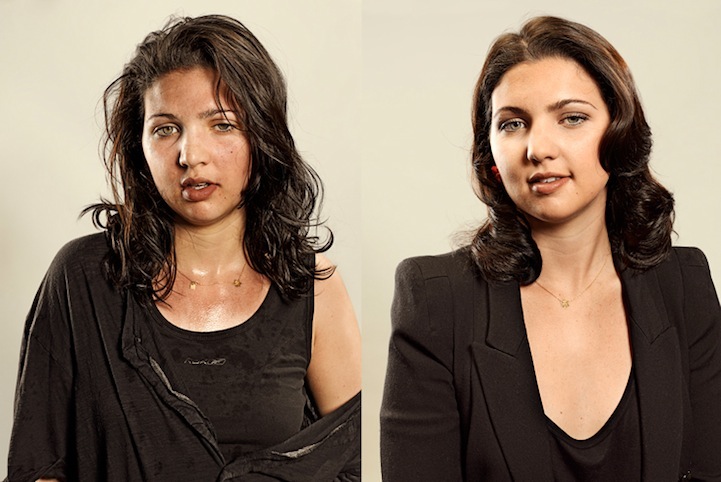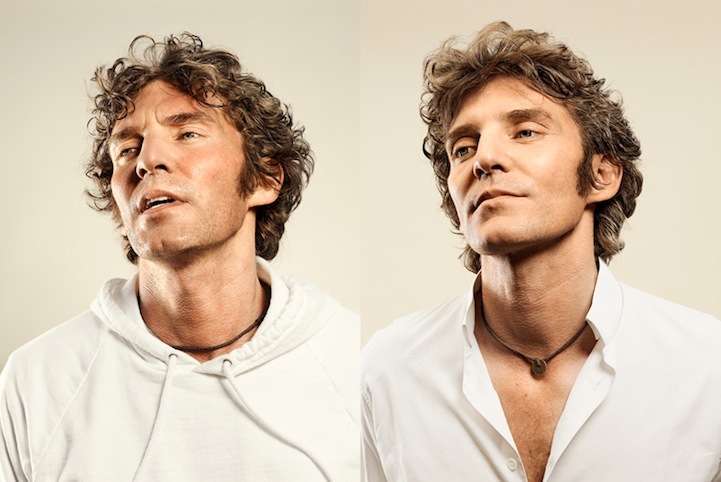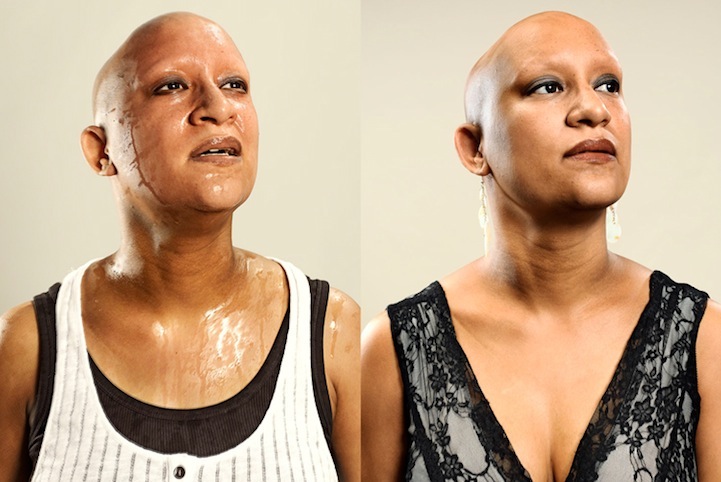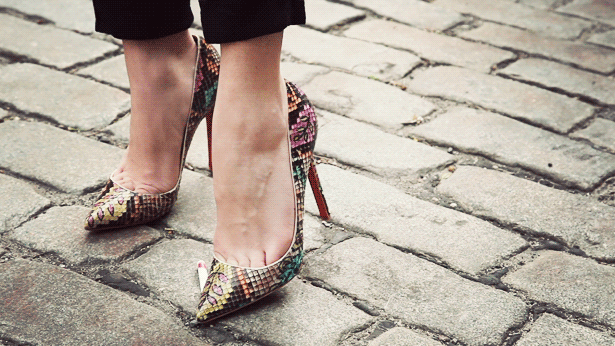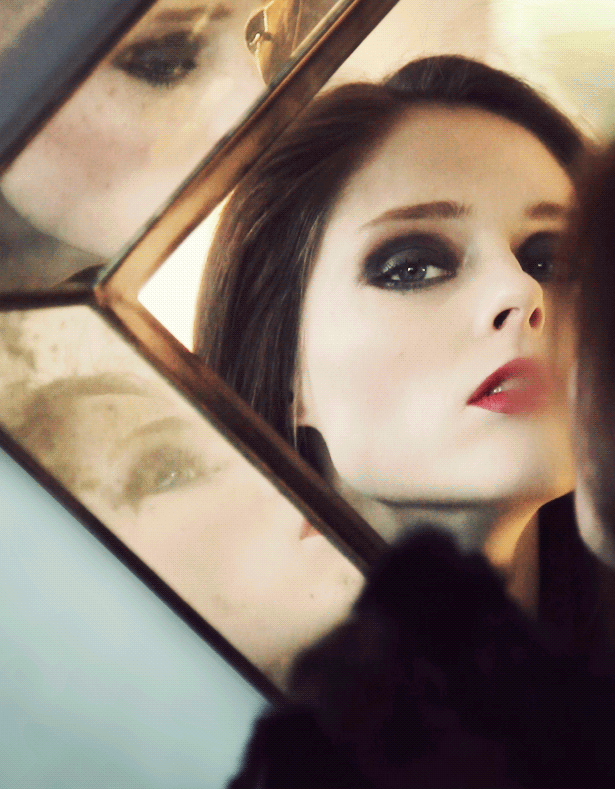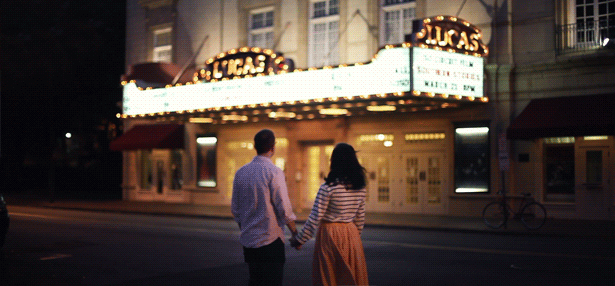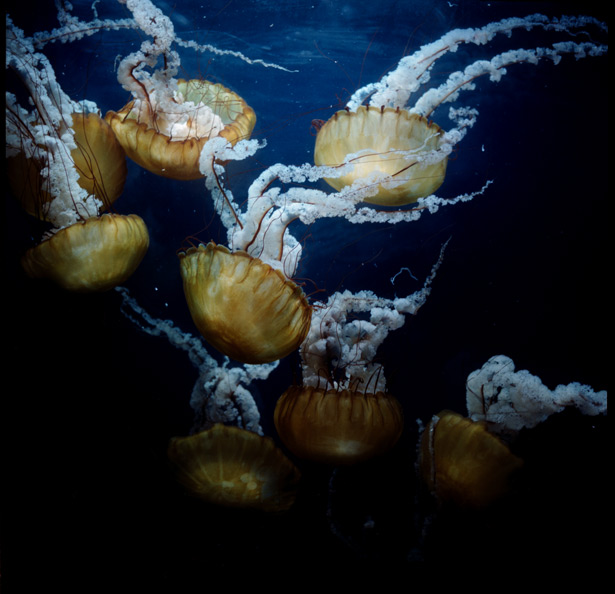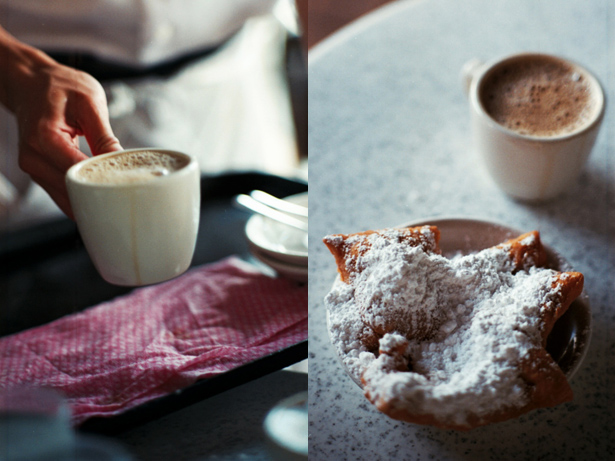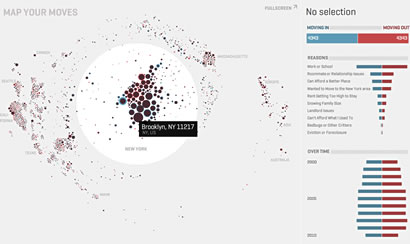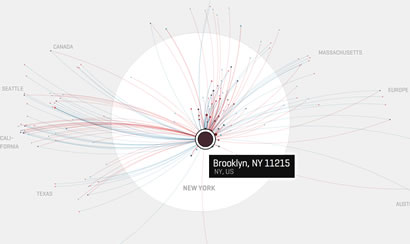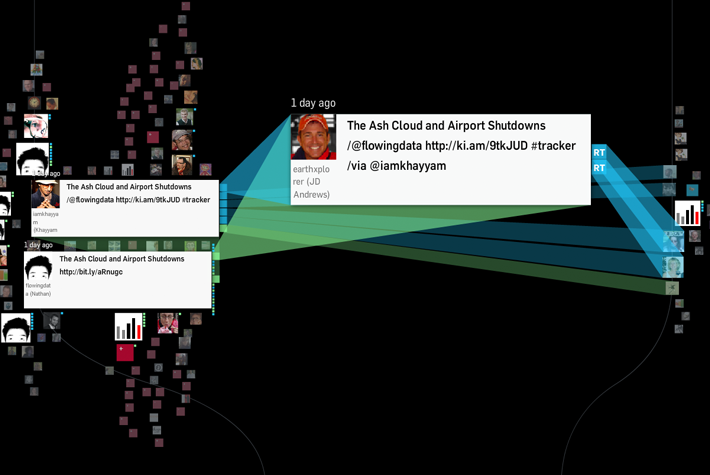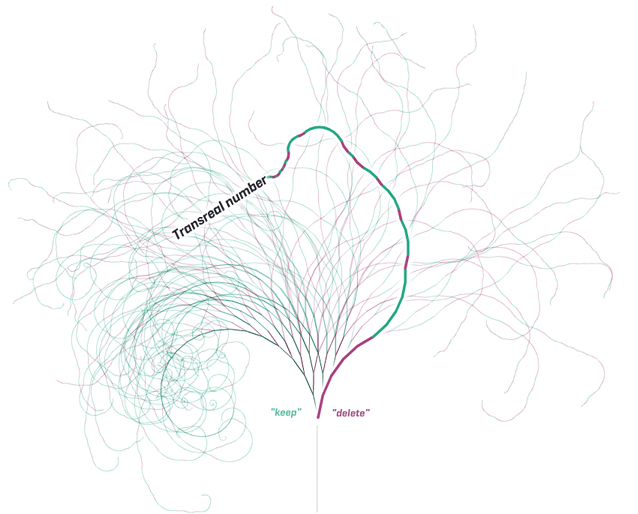Before & After: Jogging Series
Would you let people take a picture of you after you just finished your jog, out of breath, sweaty and disheveled? French photographer Sacha Goldberger asked random joggers to do exactly that and here’s the results.
_________________________
Sacha Goldberger loves coming up with interesting projects (check out his fantastic “Mamika” series, featuring his 91-year-old Hungarian grandmother Frederika as a superhero). So last summer, he decided to start another interesting project. He created an outdoor studio at Bois de Boulogne, a park near Paris that’s 2 1/2 times the size of New York’s Central Park, where he stopped joggers and asked them for a favor: Would they sprint for him and then pose right after for his camera?
Surprisingly, many obliged. Out of breath, sweaty, disheveled, these joggers let him snap away. He then asked these same people to come into his professional studio exactly one week later and using the same light, he took their pictures again in the same pose they had before.
As you can see, the difference is remarkable. The before and after comparison showed such visible signs of fatigue on the subjects’ faces after the sprint.
This is what Goldberger wants to show with the series:
“I wanted to show the difference between our natural and brute side versus how we represent ourselves to society. The difference was very surprising.”
How true. That’s why I prefer photo shoots in the morning hours. Trust me, it’s not the lighting. You just look better because the day hasn’t worn you out yet. So seriously, don’t let people take your pictures after you ran around the block unless you have a team of stylist & makeup artist to take that “yikes” out of your face. 🙂
I know Goldberger will continue finding interesting ideas and formulating them into more interesting projects. Don’t forget to check out his “Mamika” series:
Grandma’s adorable, isn’t she? BTW, because of this photo series, grandma’s gone viral!
See more of Sacha’s Goldberger’s work & projects, visit sachabada.com
_________________________
Via My Modern Met. Photo credit: Sacha Goldberger
